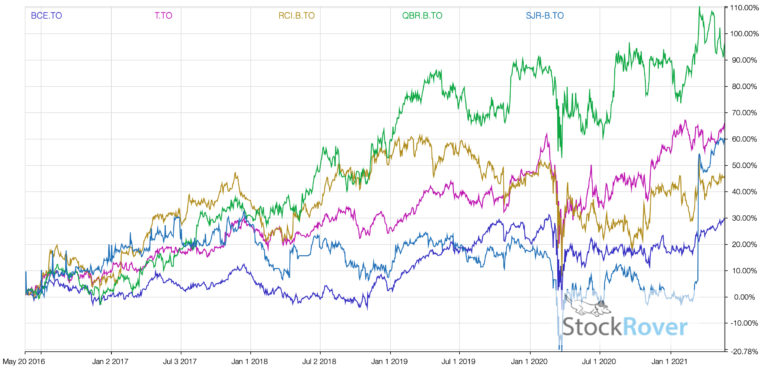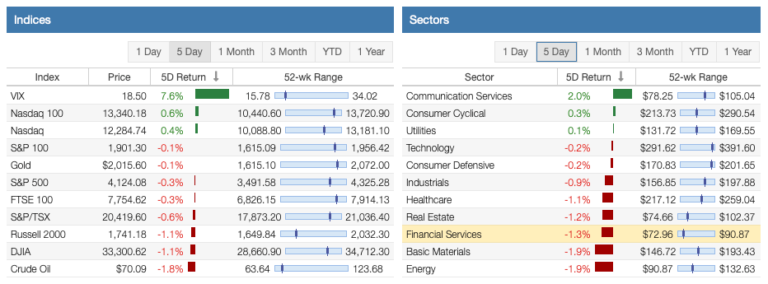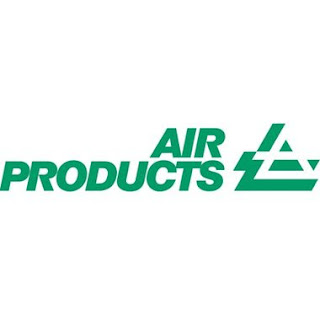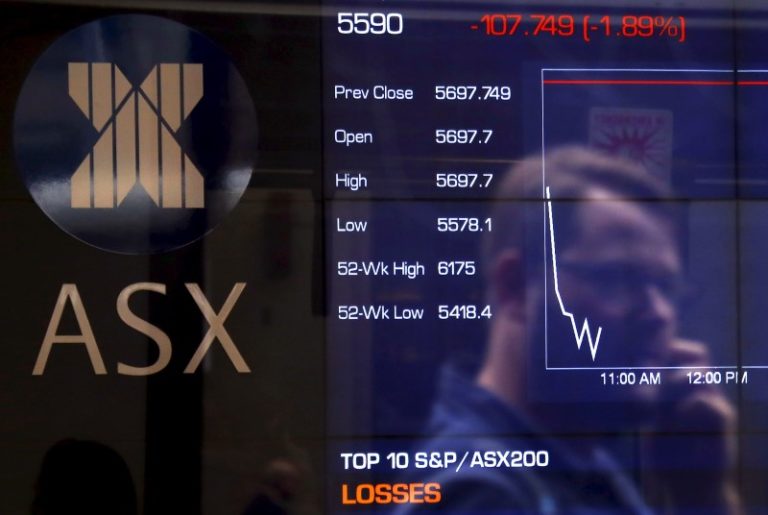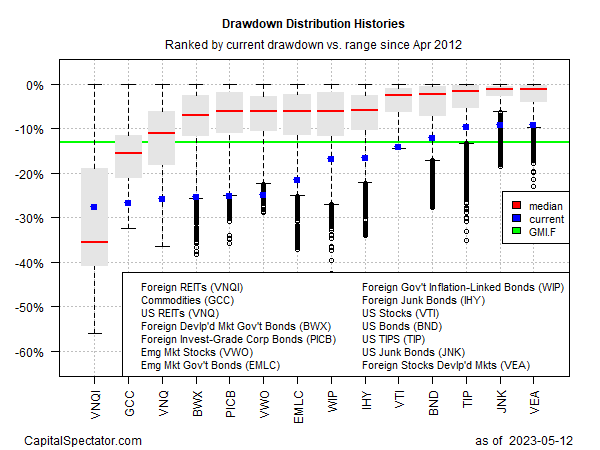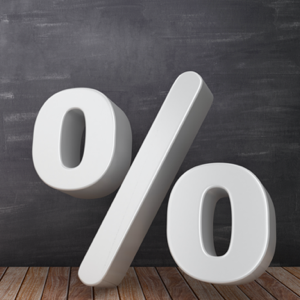
Q&A – Should I Use Yield On Cost

Should I track and use the yield on cost for my investments?
This is a very simple question but a critical one to managing your portfolio long term.
When I first started investing, I got setup to track my yield on cost and paid close attention to it. I even thought of not selling a stock because my yield on cost was high and I liked to see it … That was a mistake.
At the end of the day, a yield on cost of 10% doesn’t change anything to the dividend/distribution or the number of shares. If you have 100 shares and an annual dividend of $5 per shares, you get $500 for the year. That’s all there is to it.
A Little Tour Down Memory Lane
Back in 2009, when I started investing with a dividend investing, I was in my 30’s and in the accumulation stage. However, I was building the exact retirement model portfolio and focusing on yield on cost. A few years later, I realized that my portfolio growth was limited to just the dividend plus a few percentage points.
Using the rule of 72 and a 7% return, it would take me 10 years to double my money. That was not good enough for me in my 30’s.
The yield on cost tells you how much your invested money is working at but it ignores time as a factor and it has no correlation to the growth of your portfolio as you look at the market value.
It also has no correlation to your income from your portfolio even if you convince yourself that all that matters is your invested money.
No one invest on day one to pay bills from the income. Everyone invest to build a larger nest egg and the total value is what you pay attention to. The same goes for the yield.
What Does Yield On Cost Tell You?
The yield on cost is just a feel good number. There are no decisions to be made with it.
As mentioned, the yield on cost after 20 years just keeps on going up if you have a dividend growth stock. What does it mean to have a yield on cost of 30%? Nothing really.
My first thought would be to say; “you must have had the stocks for a long time” and then wait to hear that it was 20 years… Then I would ask what the annual rate of return has been? and I would get a blank look because the investor would probably not know.
In the above example of 100 shares with a $5 annual dividend, you have a 5% yield and that’s an important number from the previous Q&A question about yield ratio for your portfolio. The market yield is the only number you want to use to evaluate options or compare portfolios.
My portfolio yield on cost is 4.28% while my yield is 1.92%. The 1.92% represents the reality of my dividend growth portfolio as you can see the ratios by yield and dividend growth.
What Should I Look At?
The market yield is what you need to pay attention to as it is reflecting how much money your portfolio is generating and it will help to know what to do with your withdrawals.
I track 2 metrics with my portfolio; market yield and annual rate of return. Both have an inverse relationship. If market yield goes up, then the annual rate of return goes down, and vice versa.
This is why I use dividend growth investing in the accumulation years and will switch to income investing in retirement.
Published at Mon, 25 Apr 2022 00:18:00 -0700
